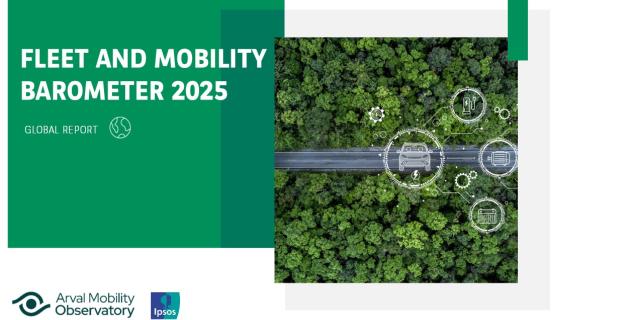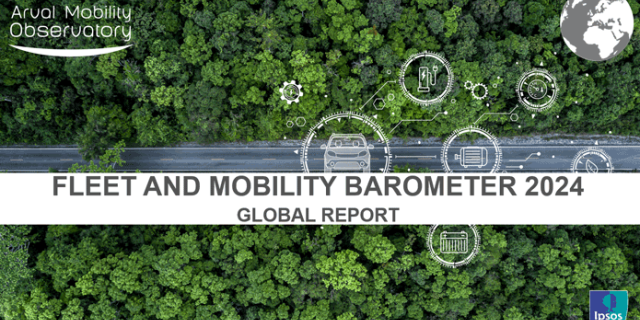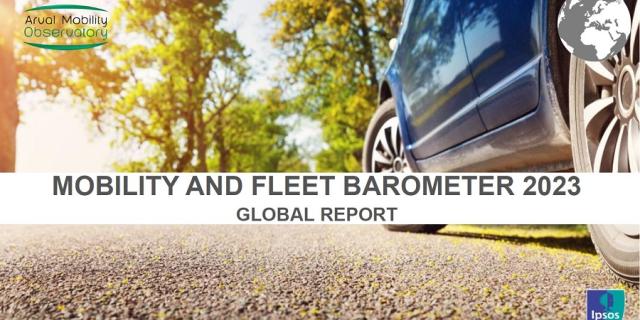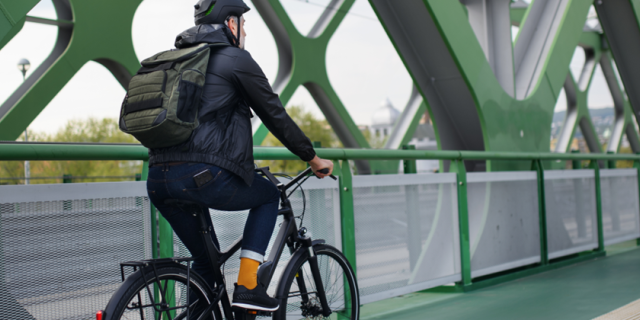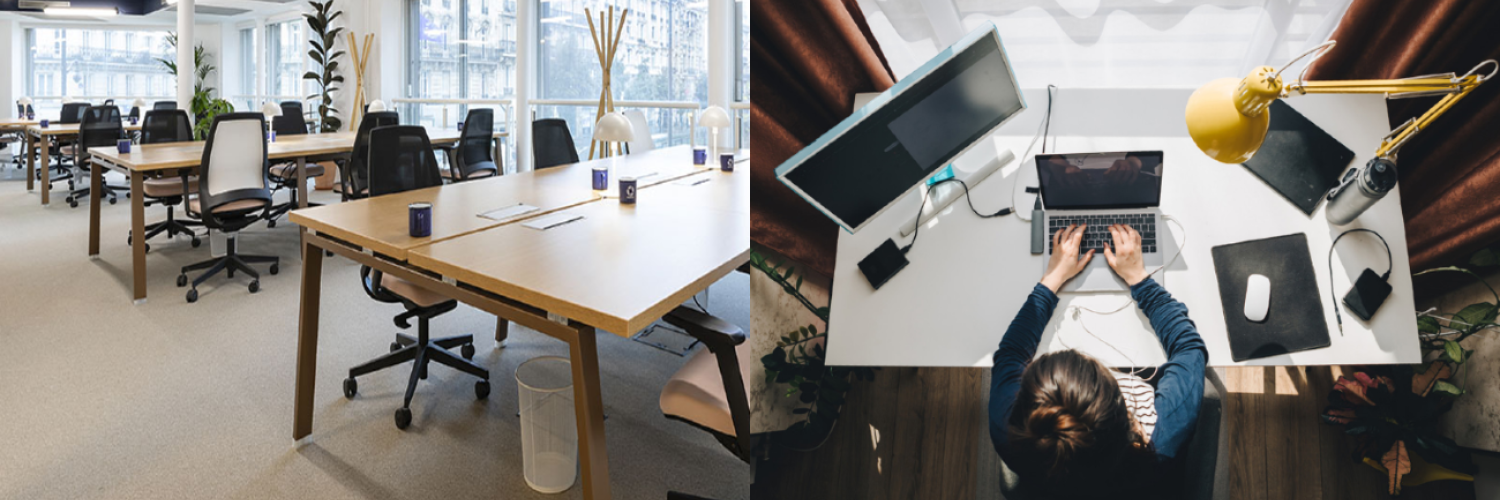Shaping the Future: The Impact of Remote Working on Mobility and Real Estate Offices post-pandemic
Arval Consulting and BNP Paribas Real Estate have just co-conducted a pioneering study on the impact of remote working on mobility and real estate offices. Here, Shams-Dine El Mouden, Arval's International Consulting Director, introduces some of the key findings...
 Companies of all sizes are now – more than ever before - at a crossroads in their evolution. In the wake of the pandemic, we must all get to grips with how the 'new normal' will manifest itself. And at the heart of this evolution rests the way that corporate fleets, corporate mobility and corporate real estate work in unison.
Companies of all sizes are now – more than ever before - at a crossroads in their evolution. In the wake of the pandemic, we must all get to grips with how the 'new normal' will manifest itself. And at the heart of this evolution rests the way that corporate fleets, corporate mobility and corporate real estate work in unison.
At Arval, we've witnessed first-hand how the pandemic has been a catalyst for the adoption of mobility solutions that reflect these newer ways of living and working. Our latest research has shown that up to 25% of all European workers could, in theory, work from home in the future compared with an average of 5.4% pre-pandemic.
Lockdowns across Europe and the persistent trend for remote working have also had a similar effect on real estate, with developers now reconsidering exactly how residential and commercial premises should evolve.
As ever, there are imponderables which must be borne in mind…
For example, remote working is never going suit everyone or, indeed, every sector.
What’s more, while office vacancies might have declined during the Covid-19 crisis in key European cities, economic growth post-pandemic is widely expected to fuel the renewed take-up of carefully designed commercial premises.
So, how do businesses ensure that they’ve got the balance right at this point in time?
“In my view, the rise in teleworking witnessed during the pandemic is going to change both office usage as well as the way we all work” declares Shams Dine El-Mouden.
If we take the example of an hybrid form of work with two days per week, a company may decide to rethink their office space due to the increased share of their workforce working remotely each day
Quite apart from resulting in internal office space being reconfigured for ‘hot desking’ purposes, it will also have implications on where those premises are located to ensure that they're all easily accessible by all means of transportation.
It remains essential that businesses remember that employee wellbeing and engagement is essential for this transition.
What will the ‘new normal’ look like?
The simple answer is that there’s no clear concept with regards the long-term shape of corporate mobility and real estate. The main question that businesses need to ask themselves is whether they retain the widespread practice of remote working, resume with full-scale office work or proceed with a mixture of the two.
Arval Consulting and Real Estate have developed a matrix which shows a series of four ways in which office and mobility structures could be transformed post-pandemic: a hybrid approach when satellite offices are established closer to employees, a maximising remote working approach, a hybrid and flexible approach and a return to the office.
All are based on there being the ability and willingness to transform the office structure within organisations as well as the appetite to make this work among employees.
By way of example, let’s briefly look at the third scenario from the perspective of fleet operators.
This would see staff share desks and work, for example, two days a week at home and three days a week at the office.
Significantly, there would not need to be any significant change to corporate fleets under this model - although benefit car drivers would likely cover lower mileages.
It also encourages car sharing, which could utilise a mixture of vehicles with different powertrains, along with micromobility solutions such as scooters and e-Bikes.
To conclude…
All four scenarios identified by Arval's matrix illustrate some of the decisions companies could make regarding their future approaches to remote and office-based working and their potential impacts.
Nonetheless, it's important to remember that many factors influence such decisions and - consequently - a wide variety of outcomes are likely.
But an appetite for increased flexibility will be the main things to emerge in the wake of the pandemic.
This will manifest itself in: the flexibility of the mobility solutions that are on offer; flexibility in employees' working lives and the way offices are utilised; and flexibility in the way they get to and from their place of work and subsequently move between offices.
Watch our webinar





